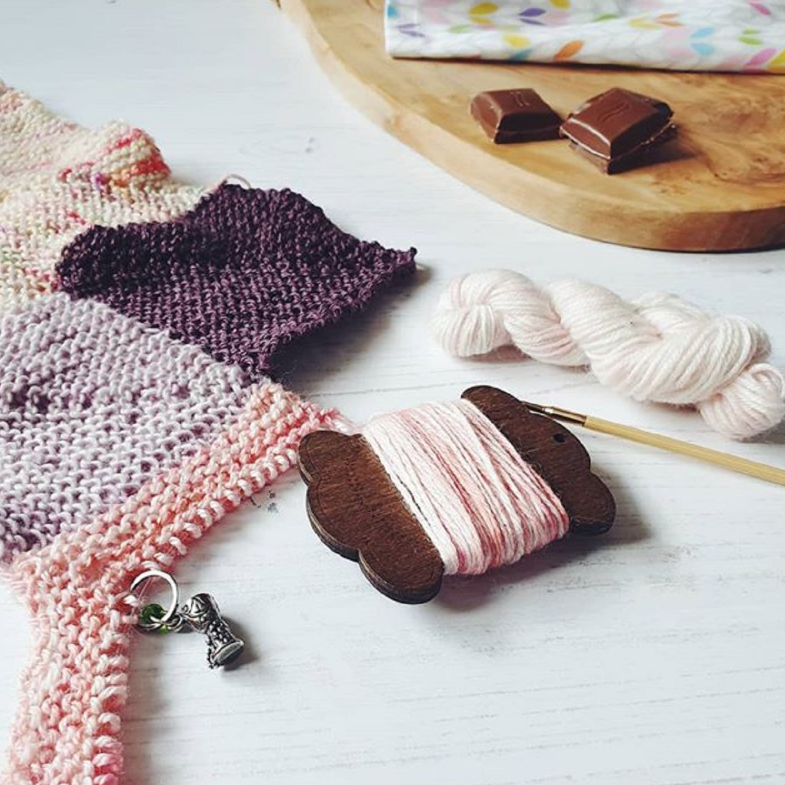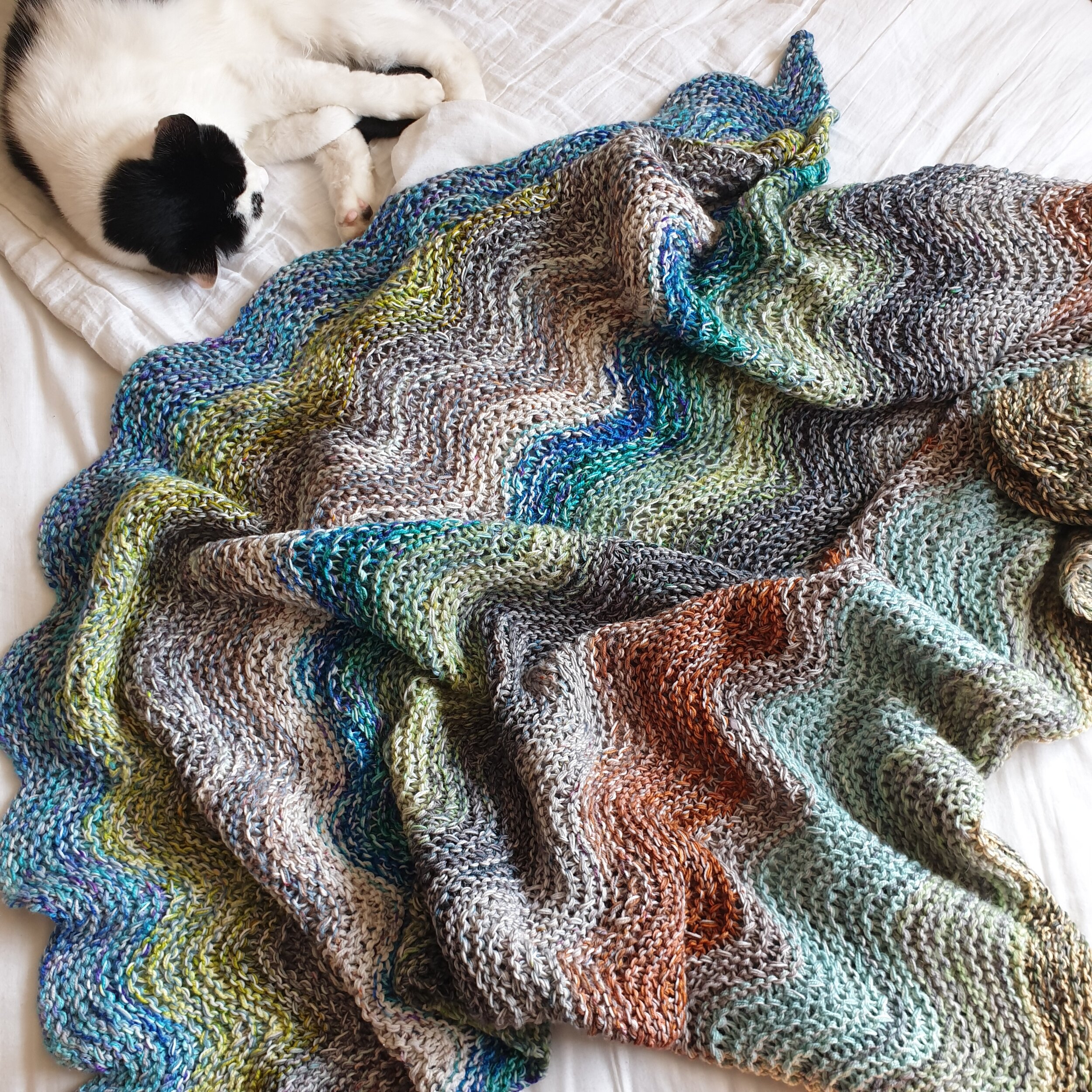I'm delighted to be able to announce that the Comfort Blanket KAL is back for 2023. It ran very successfully in 2020 and 2021 but last year I missed it due to the death of my Dad.
The year doesn't seem complete without my most popular KAL event though so I figured it was a good time to dust it off and relaunch it for another year.
Tell me more...
The Comfort Blanket KAL 2023 is a 4 week KAL which walks you through every step of planning and getting started on your mitered square blanket journey. I say journey because these blankets - typically knit from leftover yarn are generally considered to be long term projects. No one is expecting you to knit a blanket in 4 weeks - please don't worry.
Instead the KAL is intended as a springboard to get you started, with ideas and inspiration as well as practical tips for planning and construction.
The KAL will start on May 1st and each Monday for 4 weeks you'll get an email with that week's topic. The information will also be available within a dedicated Facebook group where you will be able to hang out with fellow Comfort Blanket KAL'ers and chat about your various projects.
And at the end of the KAL you’ll get an ebook containing all the information from the 4 weeks, along with a few other tips and tricks.
Previous year’s participants
If you took part in the previous KALs sit tight, as the joining instructions to the Facebook group and your automatic invitation will be heading your way soon.
We all know that these blankets are a labour of love and you are welcome to come and join us again to add some more mitered squares to your work-in-progress. Or if you are a finishing superstar and you want to join in with another - because one mitered square blanket is never enough - it would be lovely to have you on board too.








